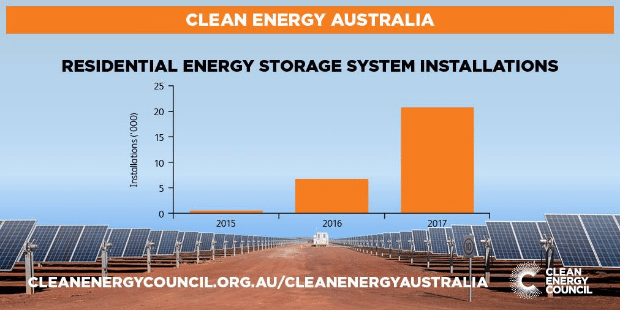Targeted solar and battery storage initiatives top the Victorian election energy policy wish list from the Clean Energy Council (CEC).
The independent body recommends solar for renters, new-build solar installations and battery subsidies for low-income households.
According to CEC Chief Executive Kane Thornton, the state election in November is a great opportunity to extend Victoria’s $1.3 billion Solar Homes program.
The CEC also calls for bipartisan agreement on new clean energy policies.
Victorian election energy policy wish list builds on Solar Homes
The Victorian government announced its Solar Homes program in August. It will provide up to $2,250 for new solar installations in 710,000 homes over the next decade.

CEC policy recommendations also include:
- Solar for renters with no upfront cost.
- Rooftop solar and potentially battery storage installed in all new-build homes.
- Mandated minimum levels of energy affordability for renters.
- Battery subsidies for low-income households and fringe-of-grid areas.
- Targeted support to help bushfire-prone areas and struggling rural industries like dairy access energy storage.
The government should also partner with land developers and home builders to supply zero net carbon homes across Melbourne’s growth corridors.
Support recommended for large-scale renewables
Old, coal-fired power stations will retire from the National Electricity Market by the early 2030s. The grid will then lose around five gigawatts of energy.
Renewable energy generation like wind and solar farms should replace this amount, the CEC says.
Victoria must therefore retain the Victorian Renewable Energy Target (VRET) of 40 per cent by 2025. This is expected to spark a further $7 billion of investment.
Yet the state should also extend the VRET well beyond 2025, the CEC claims This would maintain momentum for new investment.
Other CEC recommendations for a clean energy future
According to the CEC, the goal now is to provide investors with certainty. It’s no longer about offering subsidies to least-cost renewable energy and storage.
This means the government should commit to further rounds of reverse auctions for renewable projects. These would then be built from 2021 to ensure delivery of the 2025 and 2030 clean energy targets.
Because reverse auctions strengthen local supply chains they also boost local economic activity and growth.













































